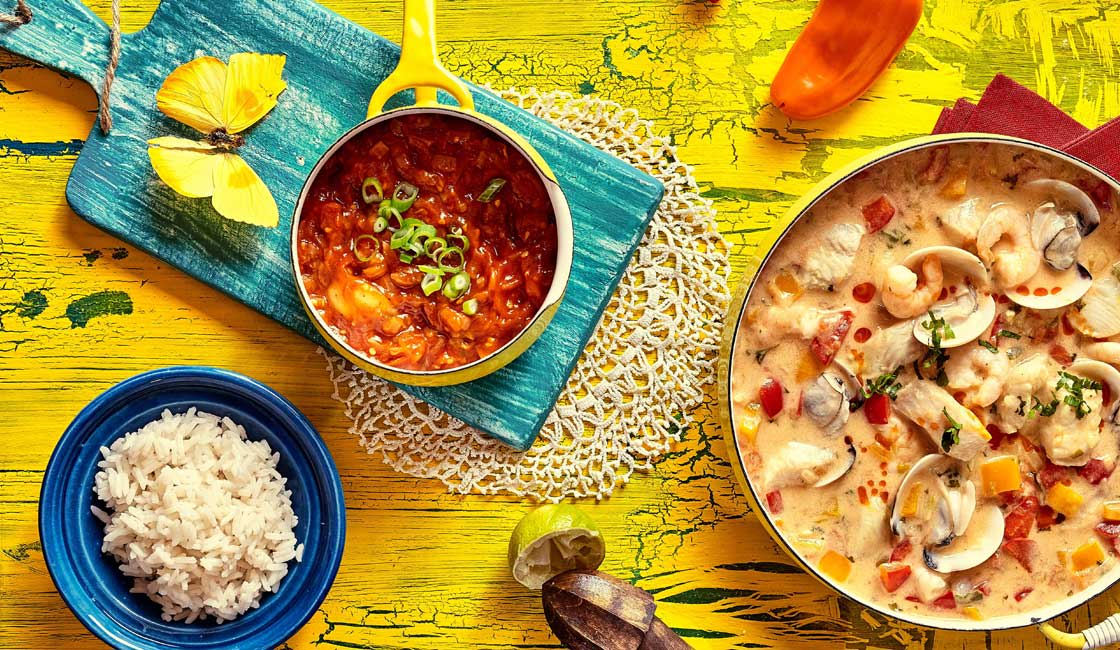What are 3 staple foods in Brazil?

When it comes to Brazilian cuisine, there are three staple foods that are essential to the country's culinary identity. These foods are a key part of Brazilian meals and are loved by locals and visitors alike. In this article, we will explore these three staple foods and their significance in Brazilian culture.
Rice
Rice is a fundamental component of Brazilian cuisine and is served with almost every meal. It is often cooked with garlic, onions, and other seasonings to add flavor. Rice is the perfect accompaniment to dishes such as feijoada, a traditional Brazilian stew made with beans and pork.
Beans
Beans are another essential staple in Brazilian cuisine. They are high in protein and fiber, making them a nutritious addition to any meal. Brazilian beans are often cooked with garlic, onions, and salt to enhance their flavor. Feijoada, the aforementioned stew, is a popular dish that features beans as a key ingredient.
Manioc
Manioc, also known as cassava, is a root vegetable that is widely consumed in Brazil. It is used to make flour, which is then used to make dishes such as farofa, a toasted manioc flour mixture that is often served as a side dish. Manioc is also used to make tapioca, a popular Brazilian snack made from cassava starch.
These three staple foods play a central role in Brazilian cuisine and are beloved by locals and tourists alike. Whether you are enjoying a traditional feijoada or sampling some tapioca, you are sure to experience the rich flavors and unique culinary traditions of Brazil.



